Although I was going to start this article directly with information about the fantastic Railway Museum of Madrid, I have a confession to make first… I am a… ferroequinologist. There, I said it.
What is a ferroequinologist, you ask? I’m glad you asked. Ferroequinology describes people who are passionate about everything related to trains or railways. The term comes from three Latin words (iron + horse + study) and roughly encapsulates what most people would call a “train geek.”
ferroequinology
1. (humorous, nonstandard) The study of railways in general, but especially locomotives.
Like everything, ferroequinology, or railfanning, exists on a spectrum, and I consider myself on the light side of it. In fact, I’ve been interested in aviation my whole life. Memorizing air routes, IATA codes, and aircraft models to drop random facts in the middle of conversations is a personality trait — and it’s mine. So, you could say that my fixation is with passenger transportation rather than any particular type or industry. But just when I was about to venture into a psychological self-diagnosis exercise to explain everything through my obsession with maps, I realized that I’d strayed off topic.
Anyway, today I’m here to talk about the Museo del Ferrocarril de Madrid, a place to unleash the train geek many of us have inside.
The Madrid Railway Museum is an institution dedicated to preserving and teaching the history of railways in Spain. Originally founded in 1967 at the Fernán Núñez Palace in Lavapiés, it was moved to its current location, the historic Madrid-Delicias station, in 1984.
The Railway Museum, which houses one of the largest collections of historic trains in Europe, is part of the Network of Museums of Spain and is managed by the Foundation of Spanish Railways.
This Madrid museum tells the story of railway transport in Spain and its impact on society through the decades. It hosts a collection of historically significant railway stock, including Confederation-type locomotives, Pacifics, and a sectioned Mikado.
Interestingly, the newest locomotives are a Talgo model from the 1950s and a TER from 1965. It does not feature any high-speed trains or the iconic 440 or Civis 100 series from the Cercanías commuter network, which were very popular in the ’80s and ’90s.
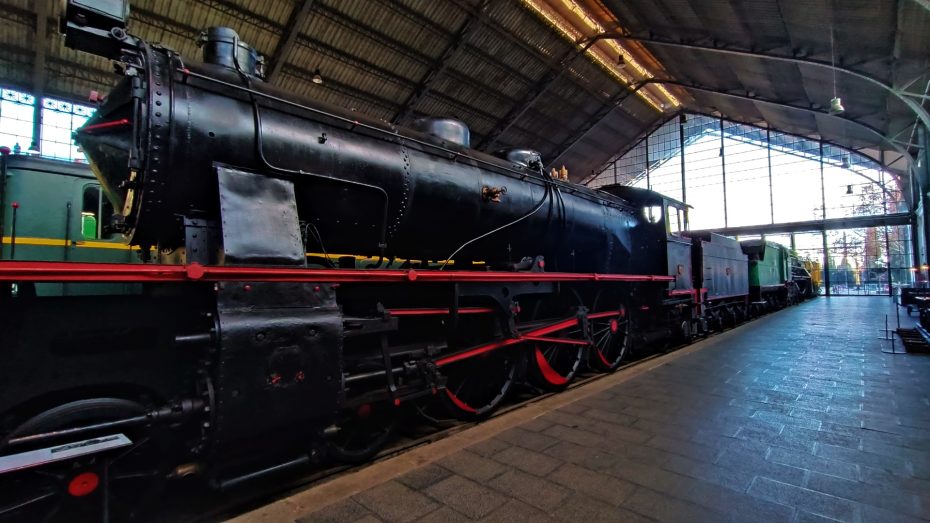
The Railway Museum of Madrid: A Brief History
To provide some context, the first railway line in Spain was the Havana-Güines railway (Cuba was a Spanish overseas territory until 1898). That being said, history often considers the year 1848 and the opening of the Barcelona-Mataró line the starting point of the country’s railway industry. In 1851, the train reached the capital with the inauguration of the Madrid-Aranjuez line, marking the beginning of an effort to connect Spain’s main cities.
The early train lines did not have proper stations but simple stops, often unmarked, where passengers would board and disembark. In fact, Madrid’s first line initially operated between makeshift platforms reserved exclusively for the Courts and the Royal Family, one in the Atocha Gardens and another by Puerta de Damas in the Royal Palace of Aranjuez.
Over time, with the multiplication of routes and democratization of rail transport, it became necessary to create infrastructures capable of handling growing demand. The Atocha stop would become the great Estación del Mediodía in 1892. However, despite its current importance, Atocha was not Madrid’s first monumental station.
Delicias Station: The First Grand Railway Station in Madrid

One thing I had forgotten to mention is that before the nationalization of rail transport and the creation of the Red Nacional de los Ferrocarriles Españoles (RENFE) after the Spanish Civil War, the railway scene in Spain was dominated by a mosaic of private companies, each controlling its routes and owning its locomotives. These companies were also fully responsible for building tracks and stations.
With the enactment of the Railway Law of 1855, which allowed the entry of foreign capital for the development of rail transport, two major companies that would shape the future of this industry were founded in Madrid. These were the Compañía de los Caminos de Hierro del Norte de España, which connected the capital with Irún through Ávila, Valladolid, Burgos, Vitoria, and San Sebastián, and the Compañía de los Ferrocarriles de Madrid a Zaragoza y Alicante (MZA), which linked Madrid with Valencia, Aragón, and Catalonia.
By the late 1870s, both companies were in full growth and had planned two large passenger terminals in the capital, Estación del Norte (now Príncipe Pío) and Estación del Mediodía (now Atocha).
With the industrial hubs of the north and east of the Iberian Peninsula already covered, an important route remained: the connection between Madrid and the border with Portugal. At this moment, the Compañía de los Caminos de Hierro de Ciudad Real a Badajoz (CBR) enters the scene. After connecting both cities, they embarked on extending the line to Madrid.
The line was inaugurated in 1879, and with it, the construction of a third major railway terminal on the outskirts of the capital began.
The Delicias station was completed in 1880, two years before that of Norte and twelve years before Atocha, becoming Madrid’s first monumental station. Built in record time following the project of French engineer Émile Cachelièvre, its construction utilized techniques introduced by the Industrial Revolution, such as the use of wrought iron or pre-assembling pieces, along with classic materials like brick, granite, slate, and glass.
Its central nave, a spacious area measuring 170 meters (558 feet) in length, 35 meters (115 feet) in width, and 22.5 meters (74 feet) in height, allowed for the arrival of up to five simultaneous trains. Meanwhile, the two side pavilions housed administrative offices, waiting rooms, and other services.

Drowned in debt and financial difficulties, the CRB ended up being absorbed by the Madrid to Zaragoza and Alicante Railway Company in the same year of the inauguration of Delicias Station. The MZA, which already had an extensive railway network and the (much larger and better positioned) Atocha Station, handed over Delicias to the newly created Madrid to Cáceres and Portugal Railway Company (MCP).
In short, Delicias Station’s history has been marked by precariousness and uncertainty since its inception. It was built by the CRB and immediately absorbed by the MZA, which then transferred it to the MCP. The MCP eventually went bankrupt, leading to its nationalization under the Western Railway National Company in 1928… and all this happened before the Spanish Civil War!
The apparent destined failure of Delicias is partly due to the station and the operators being at a disadvantage from the start. On one hand, unlike Atocha and Príncipe Pío, Delicias was located on the outskirts of Madrid. Additionally, the corridors of the other companies linked to the thriving ports of the Cantabrian Sea and Mediterranean through major inland cities.
While Madrid and Lisbon were politically important, both were lagging behind in industrial development and there was no sufficiently large population center between them to justify the colossal investment required for a railway line.
After some tumultuous early decades, the Delicias station reached a phase of stabilization under Renfe’s management. By the mid-20th century, it was one of the most important stations in the city. However, with the consolidation of long-distance traffic at Atocha and Chamartín stations and new urban planning projects, the station declined. On June 30, 1969, at 10:15 PM, the last express train to Badajoz departed from Delicias.

After being used as a depot for trains and materials, Madrid-Delicias reopened its doors to the public on December 19, 1984, as the home of the Madrid Railway Museum. Since then, the primary destination of its trains has been the railway history of the Iberian Peninsula.
Railway Museum of Madrid: Visit and Collection
The Museo del Ferrocarril de Madrid‘s extensive train collection can be found mainly in the station’s central nave.
The locomotive exhibition is, broadly speaking, arranged chronologically, with the oldest vehicles at the front on track 1 (to the right) and the newer models on the platform at the far left end.
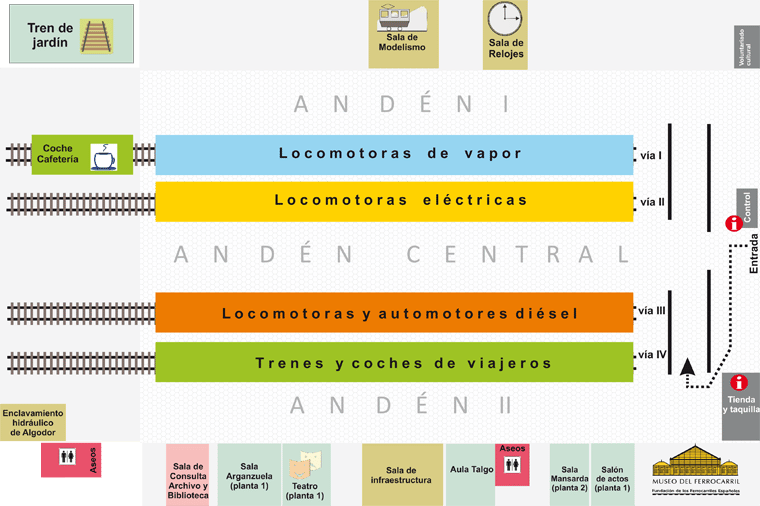
Featured vehicles: Steam Locomotives
These are some of the most remarkable pieces of the steam locomotive collection of the Railway Museum of Madrid:
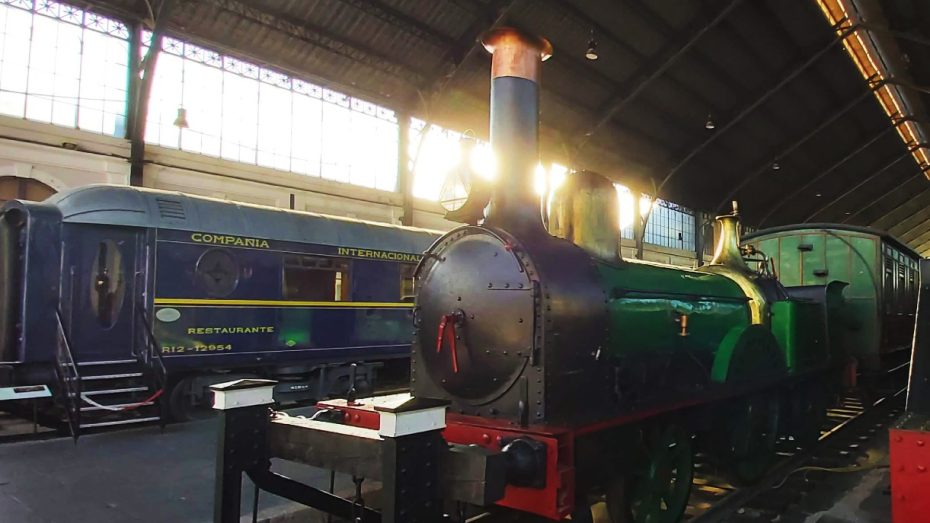
Steam locomotive “Tardienta”.
Year: 1862
John Jones & Son (GB)
Steam locomotive 030-2107 “El Alagón”.
Year: 1863
Societé Autrichienne (Oullins, FR)
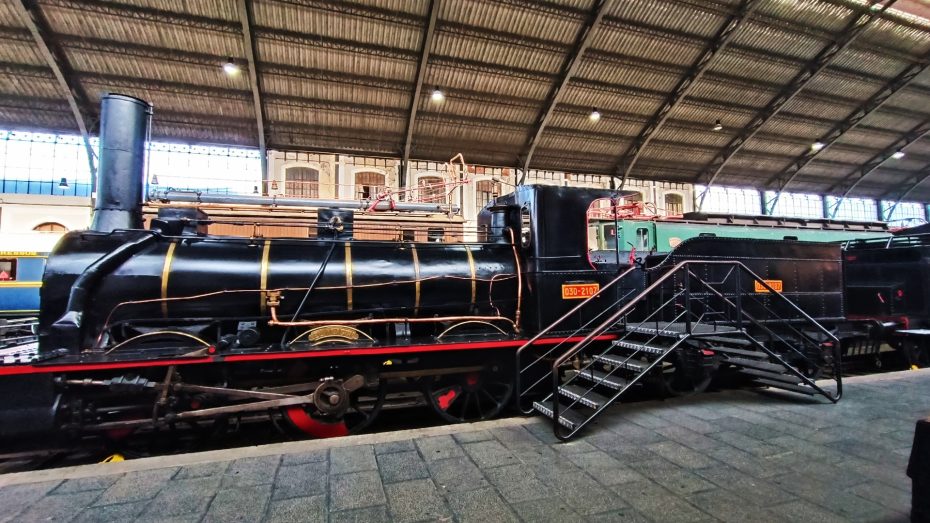

Steam locomotive 130-0201 “Pucheta”
Year: 1887
Sharp, Stewart & Co Ltd (Manchester, GB)
Steam locomotive RENFE 231-2006
Year: 1930
Sociedad Española de Construcciones Babcock & Wilcox (Bilbao, ES)
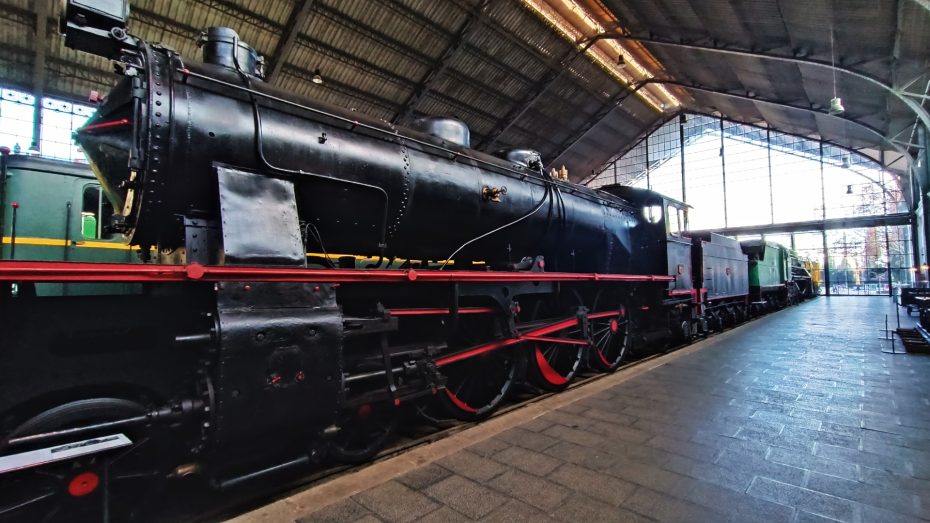
Featured Locomotives: Electric Models
These are some of the most remarkable pieces of the collection of electric locomotives of the Railway Museum of Madrid:
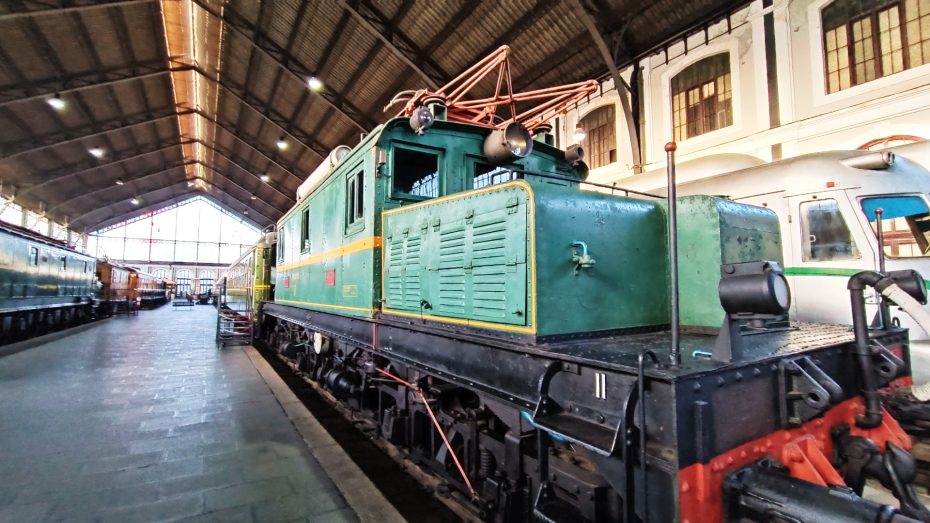
Electric locomotive Norte 6101
Year: 1924
Westinghouse & Baldwin (US)
Electric locomotive 7420
Year: 1944
Secheron & Devis (CH / ES)
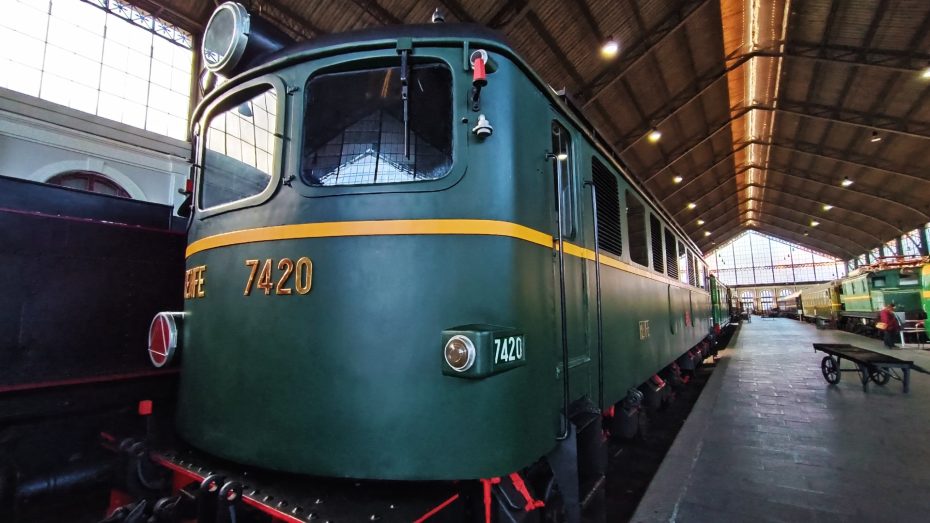

Electric locomotive 7507
Year: 1944
Secheron & Devis (CH / ES)
Featured Diesel Locomotives and Railcars
These are some of the most remarkable pieces of the collection of diesel locomotives of the Railway Museum of Madrid:
Talgo II
Year: 1950
Talgo (ES / US)
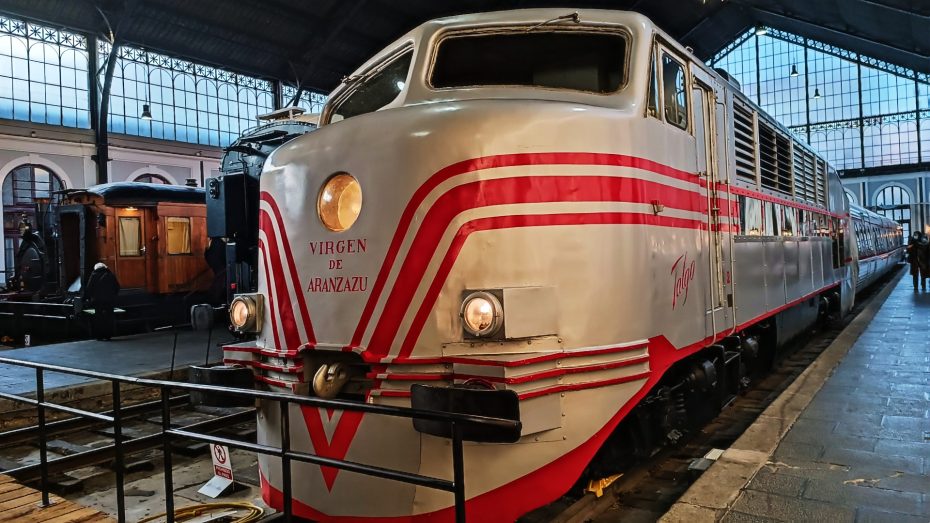
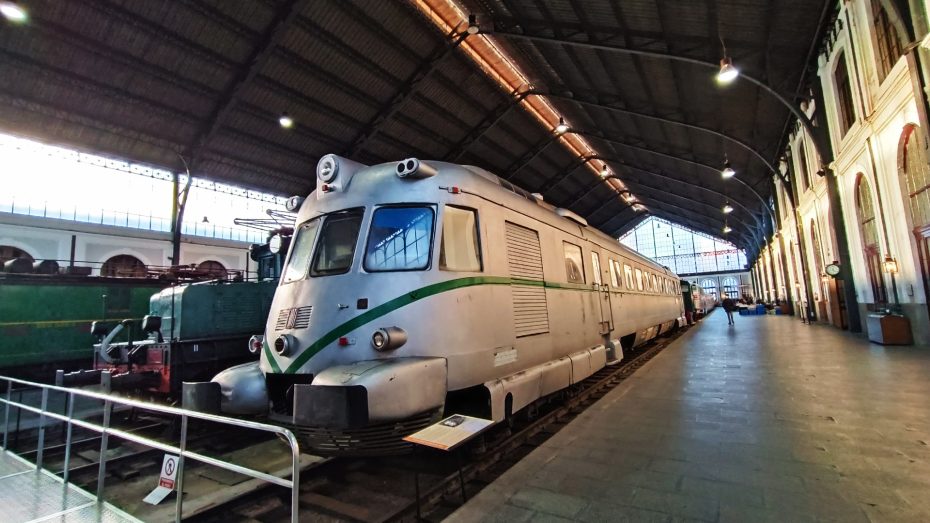
FIAT diesel self-propelled train “TAF”
Year: 1952
Fiat (IT)
TER diesel railcar train
Year: 1965
CAF & Fiat (ES / IT)
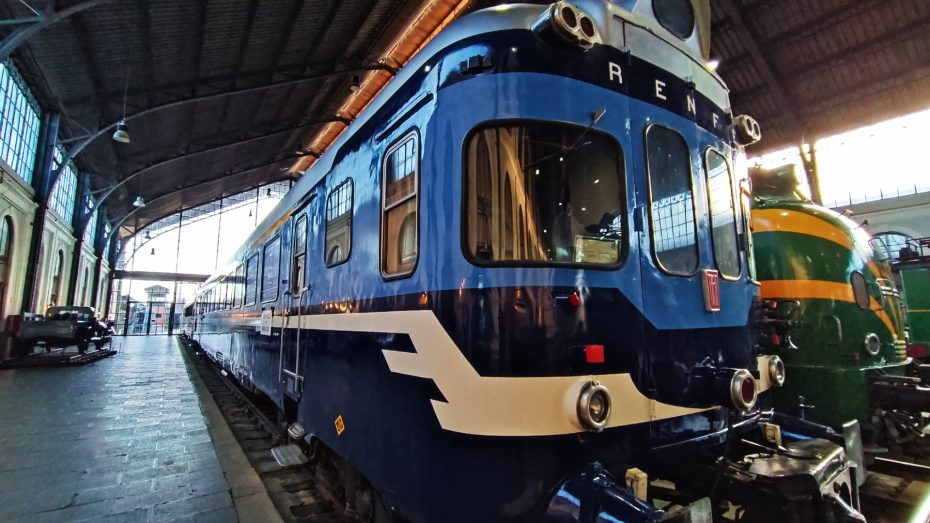
Other Noteworthy Items in the Madrid Railway Museum
The Madrid Railway Museum is much more than locomotives. Its central collection also houses towed wagons and service vehicles; these are some of the most interesting:
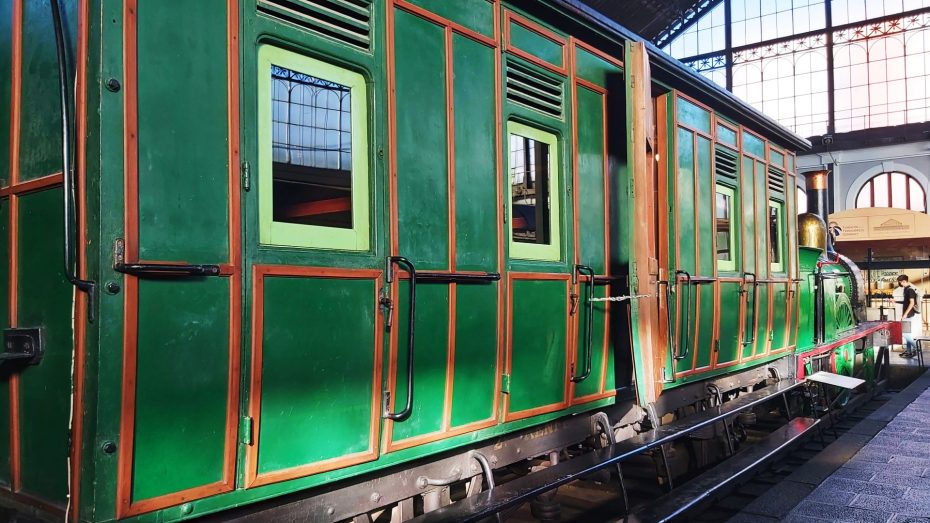
Third class carriage C-16
Year: 1891
The Ashbury Railway Carriage & Iron Co. Ltd (GB)
Dining carriage ZZ-307
Year: 1946
Renfe, Madrid (ES)
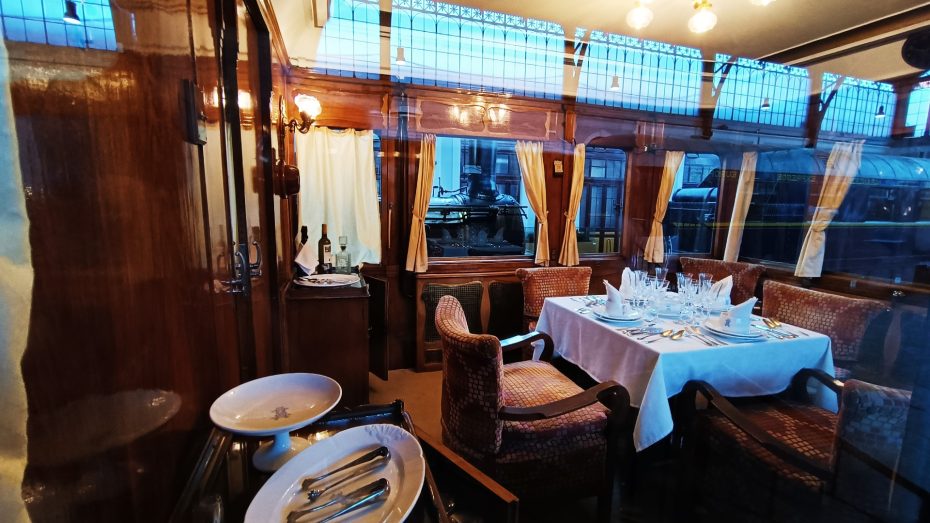
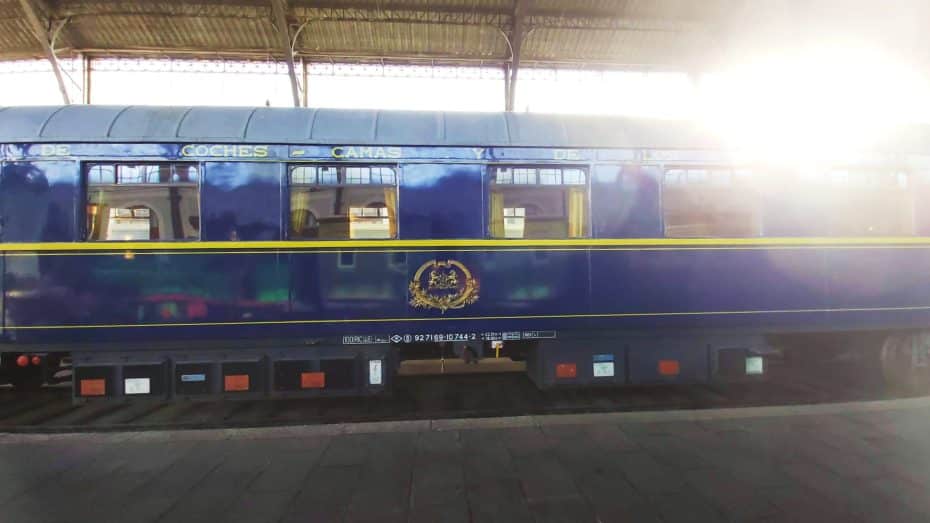
Restaurant carriage R12-12954
Year: 1926
Leeds Forge Carriage Works & Company (GB)
Clock Room

Managing a railway fleet requires much more than locomotives, tracks, and stations. The popularization of rail transport and its need for accuracy were instrumental in standardizing time measurement and establishing time zones. The Museum has an interesting collection of clocks, watches, and artifacts related to time measurement.
Models Room
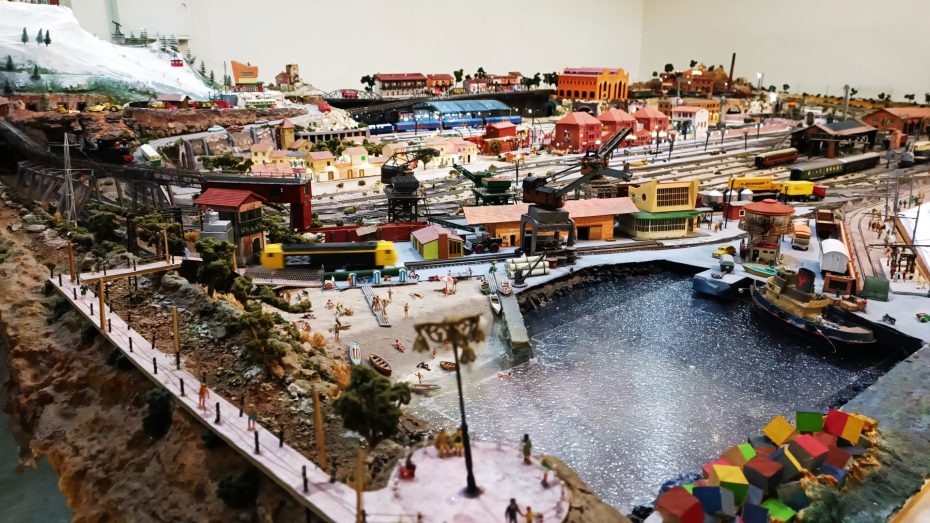
The Models Room at the Railway Museum is probably the favorite spot if you’re traveling with children. In this museum section, you’ll find several functional scale model trains. The detailed models will captivate audiences of all ages, offering a miniature yet realistic view of railway systems. This interactive exhibit is also educational, providing information on the history and mechanics of trains. Don’t forget to check out the intricately designed landscapes surrounding the tracks, which add an extra layer of immersion to the experience.
Infrastructure room
The Infrastructure Hall at the Railway Museum of Madrid features an interactive exhibition on the development of Spain’s railway network from an engineering perspective, covering past, present, and future advancements. In addition to historical artifacts, the exhibition includes multimedia presentations, scale models, and hands-on activities that allow visitors to explore the technological innovations that have shaped Spain’s rail systems.

Other Areas and Exhibitions at the MFM
The Railway Museum is a vibrant space. Its cultural offerings also include temporary exhibitions on art, history, and science, with railway transport as the common thread.
Some of the exhibitions that have taken place at the Railway Museum of Madrid include:
- 170 Years of Railway in Madrid
- Madrid-Delicias: 140 Years of a Station
- Map view: A Cartography Exhibition
- Origins and Destiny: Watercolors by Manuel Alcedo
- Refuge: Humanity in Transit
- Talgo: 75 Years of Innovative Spirit
To keep up to date with what’s happening at the Railway Museum, visit the temporary exhibitions section of its website.
Tren de la Fresa (Strawberry Train)

Delicias Station is the origin and destination of the popular Strawberry Train, a historic tourist train journey between Madrid and Aranjuez that offers a first-hand experience of what it was like to travel between these two cities in the early 20th century. This nostalgic adventure allows passengers to enjoy scenic landscapes and delve into the history of the region.
The activity features three different itineraries depending on the season. All the information is on their official website. Each itinerary offers various stops, guided tours, and cultural activities tailored to enhance your journey.
Madrid Railway Museum: Plan Your Visit
Delicias Station: A Look into The Future
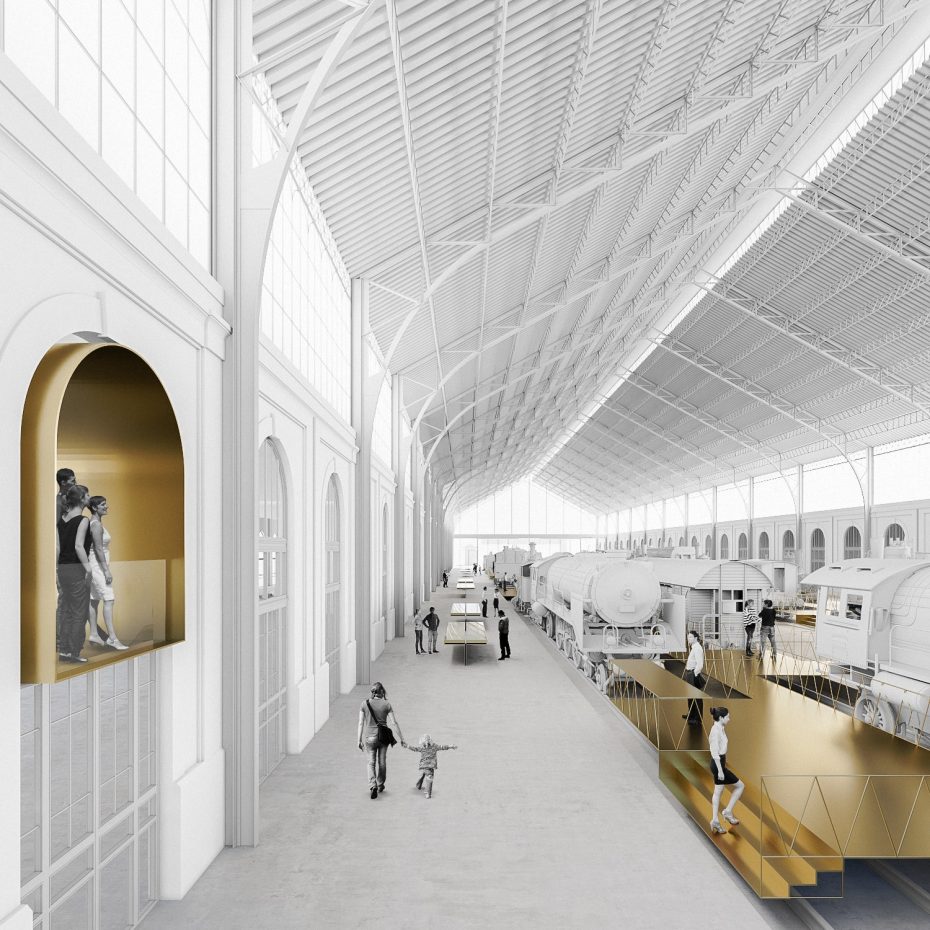
After nearly forty years serving as the Museo del Ferrocarril de Madrid headquarters, Delicias Station is on track to regain its original splendor. The project, to be undertaken by the Navarre architects from GVG Estudio, will be carried out in several phases and will include the rehabilitation of the roofs, the central nave, and the facades, as well as a transformation of the height of the main hall. The station, which originally opened in 1880 and is an exemplary piece of historical industrial architecture, aims to restore its historical features while upgrading facilities to modern standards. This extensive renewal project will further enhance its role not only as a museum but also as a key cultural and historical landmark in Madrid. Additionally, considerations for accessibility and visitor experience are part of this grand plan to ensure it accommodates modern needs while celebrating its rich heritage.
You can read more information about the rehabilitation project of Delicias Station (in Spanish).


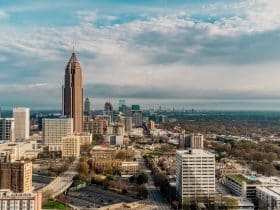
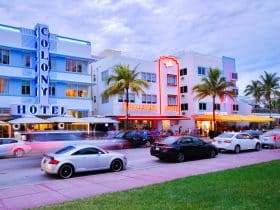

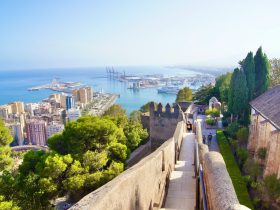
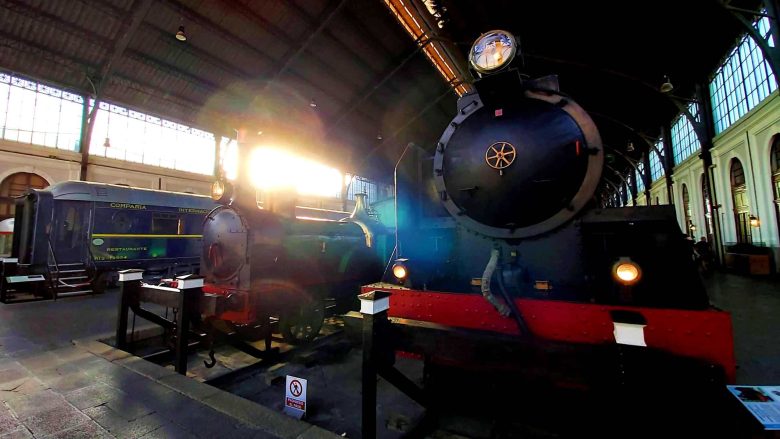


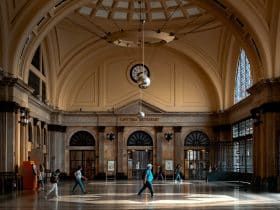
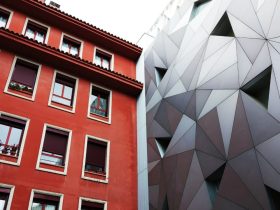
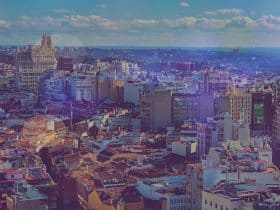
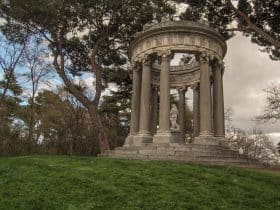
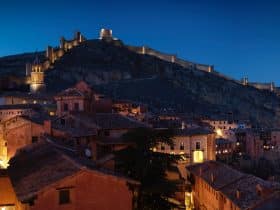






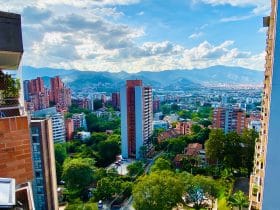
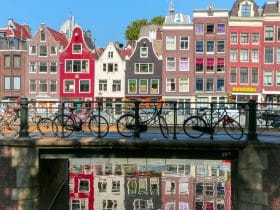

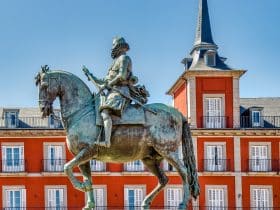
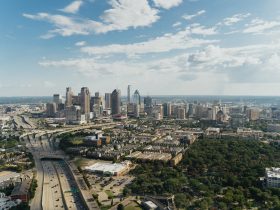

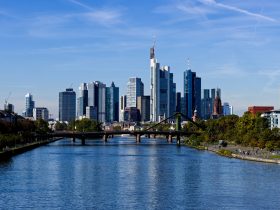


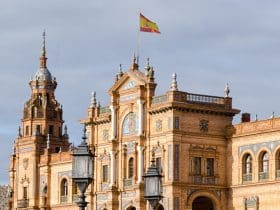

Leave a Reply
View Comments